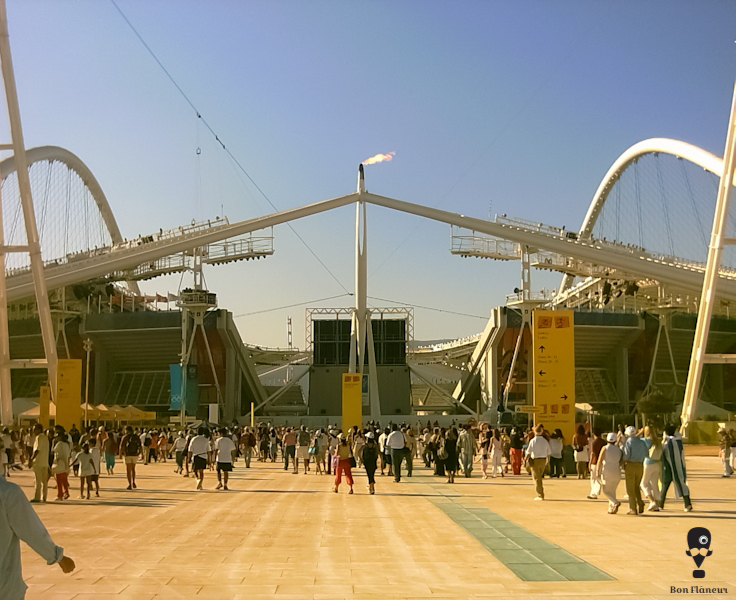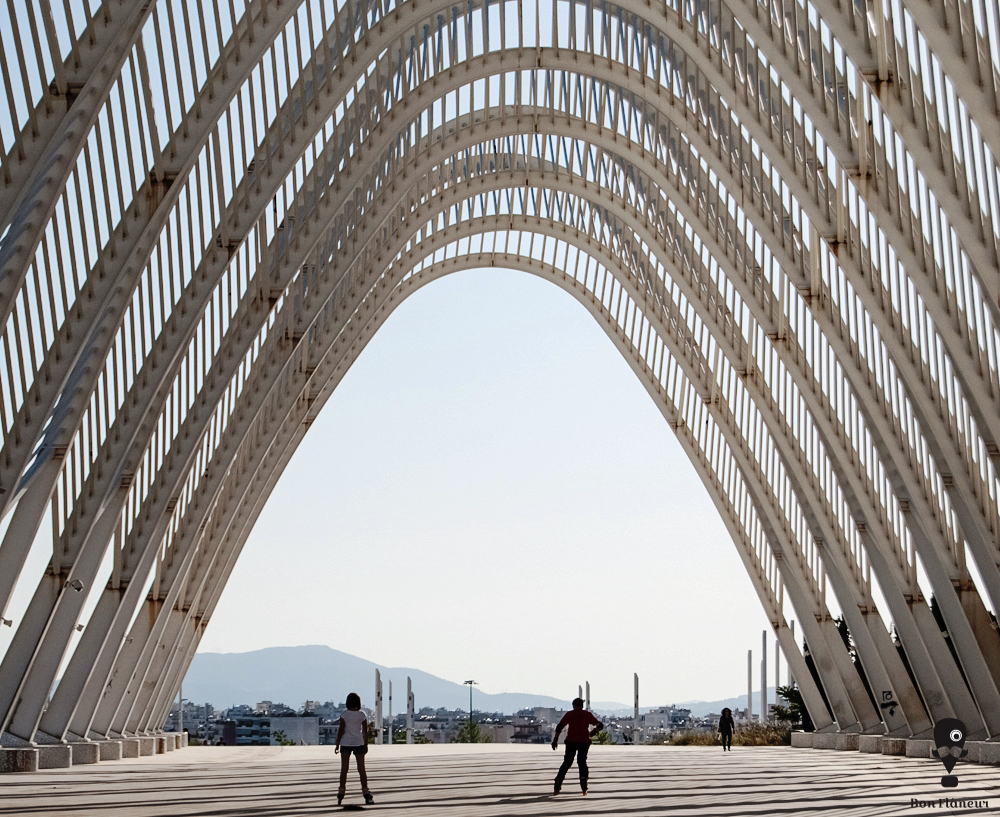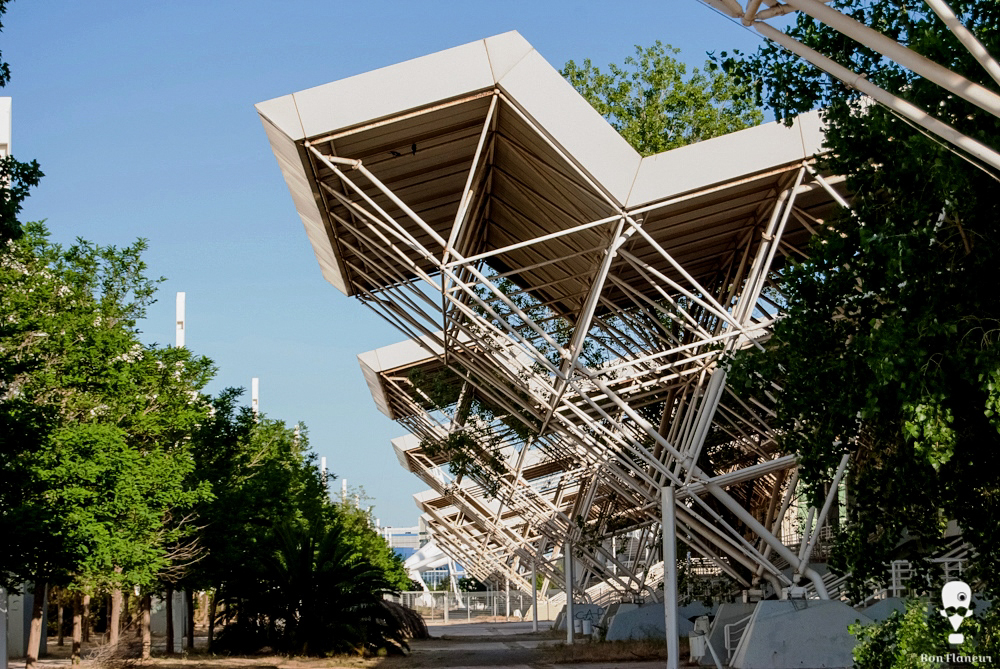Olympic Athletic Centre of Athens (OAKA)
When the Olympic Stadium was built, the goal was for Athens to acquire the necessary facilities and be able to host the Olympics.
Location
Timeline
Modern and Contemporary era (1821 - )
1980 The keystone was placed by the then Prime Minister and later President of the Republic Konstantinos Karamanlis.
1991 Inauguration of the Velodrome and the Olympic Aquatics Centre.
1995 Inauguration of the Olympic Indoor Sports Centre.
2004 Tennis Olympic Centre and ancillary facilities were inaugurated. The surrounded area was remodeled and the stadium's and velodrome's roofs were constructed, according to Santiago Calatrava's design.





















Share